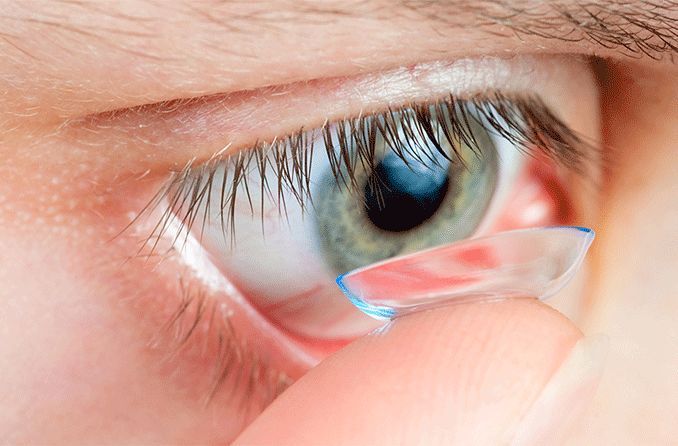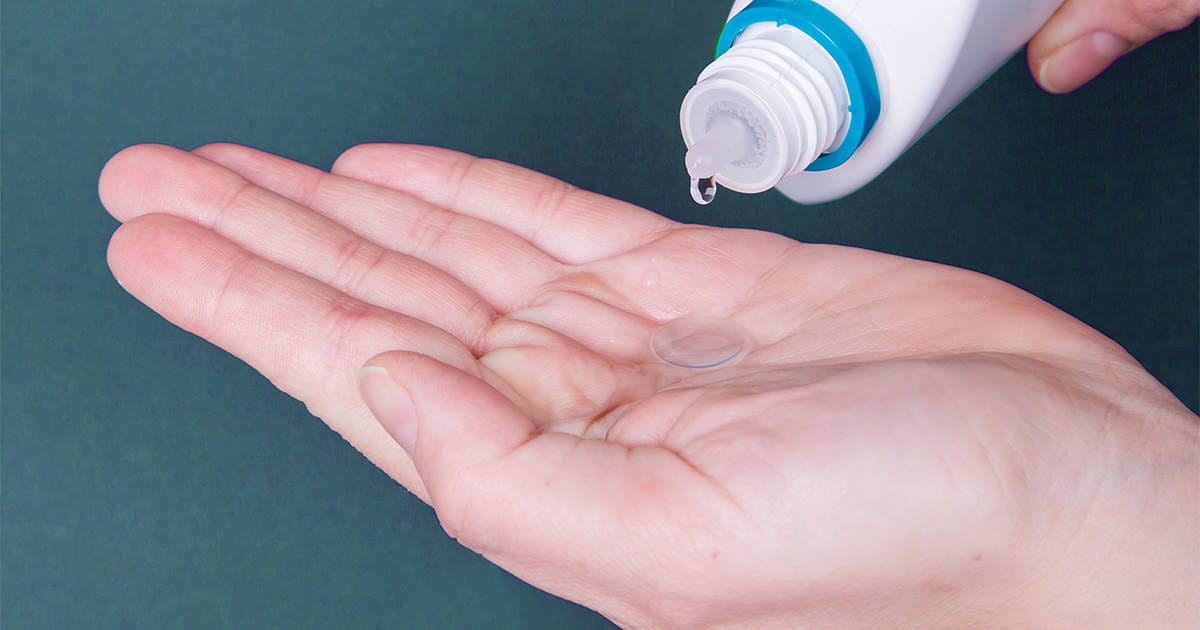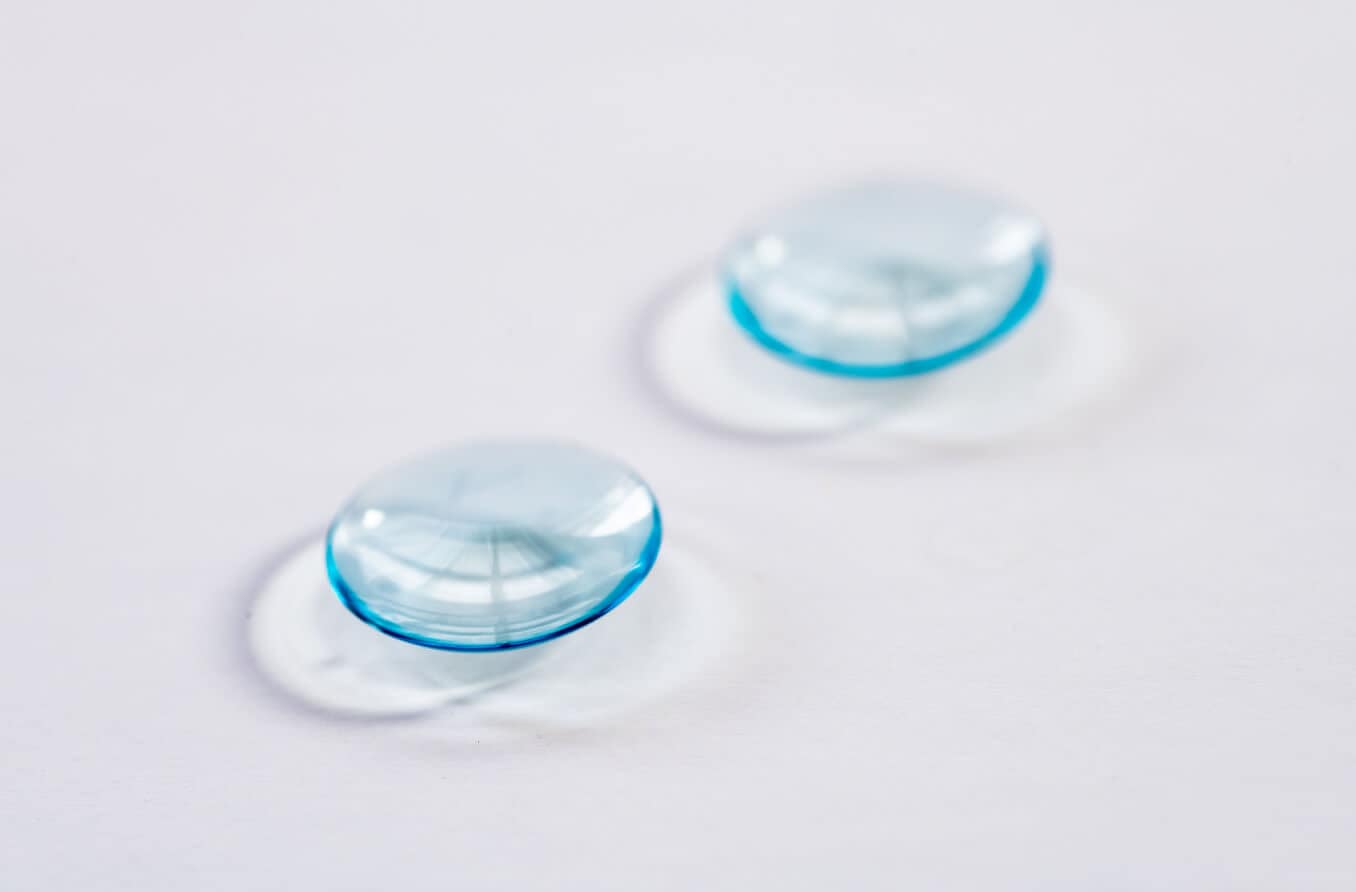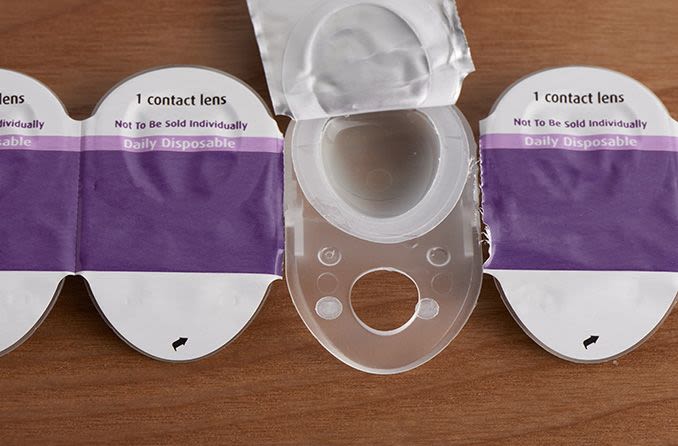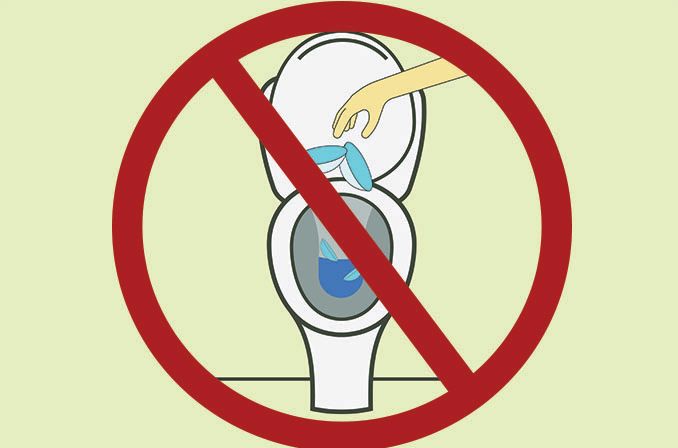Taking proper care of your contact lenses using the lens solutions your optometrist or ophthalmologist recommends greatly reduces your risk of contact lens-related eye infections.
But it's important to know that even with proper contact lens care, some risk of eye infections remains. This is particularly true of fungal eye infections.
Fungi resist disinfection by contact lens solutions because they readily form biofilms.
A biofilm is a colony of microorganisms adhering to each other and to a surface, such as a soft contact lens. These microorganisms, which include bacteria as well as fungi, produce substances that form a slimy matrix, which helps the microbes stick to each other and to the lens surface and makes them more resistant to the disinfecting action of contact lens solutions.
Fungal infections associated with ReNu contact lens solution
Sometimes, contact lens-related fungal eye infections can be caused by problems with contact lens solutions.

U.S. Centers for Disease Control (CDC) technician Shirley McClinton displays Fusarium mold grown from a contaminated pair of contact lenses, still visible in this petri dish. (Image: James Gathany, CDC)
In 2006, a major fungal eye infection outbreak occurred in the United States. According to the U.S. Centers for Disease Control and Prevention (CDC):
- 154 cases of fungal keratitis were confirmed from June 2005 through June 2006 in 33 states.
- 94 percent of these cases were among people wearing soft contact lenses.
- About 34 percent of the cases were so severe that they required a cornea transplant.
- Individuals with the eye infection were more than 20 times more likely to have used Bausch + Lomb's ReNu With MoistureLoc contact lens solution than other lens care products.
Prior to the outbreak in America, similar cases of fungal keratitis associated with ReNu with MoistureLoc were documented in Malaysia, Singapore and Hong Kong from late 2005 to early 2006. Fungal eye infections related to use of the contact lens disinfecting product also were found in Europe in 2006.
In May 2006, Bausch + Lomb (Rochester, N.Y.) voluntarily withdrew ReNu With MoistureLoc products from worldwide markets while investigations of the infections associated with the product continued.
Investigators determined that all of the cases of fungal eye infections appeared to be related to ReNu With MoitureLoc that was produced at Bausch + Lomb's Greenville, S.C., manufacturing facility. But the CDC found no fungal contamination of unopened bottles of the contact lens solution produced at the plant.
FDA inspections of the facility, however, determined that Bausch + Lomb failed to maintain adequate temperature control in the production, storage and transportation of Renu With MoistureLoc produced at the Greenville plant.
Later, researchers said ReNu With MoistureLoc demonstrated a significantly greater loss of disinfecting ability than other contact lens solutions when exposed to elevated temperatures for prolonged periods.
In June 2009, news reports indicated that Bausch + Lomb had settled about 600 lawsuits related to the outbreak of fungal eye infections associated with the contact lens solution and paid approximately $250 million in settlements.
Outbreaks of eye infections lead to call for higher standards
Following the outbreak of fungal keratitis associated with ReNu With MoistureLoc, another outbreak of a serious contact lens-related infection occurred.
In May 2007, Advanced Medical Optics (now Abbott Medical Optics) announced the company was withdrawing its Complete MoisturePlus contact lens solution from the marketplace because of a possible association with the development of a potentially blinding eye infection known as Acanthamoeba keratitis.
Based on these outbreaks, a panel of eye care experts advising the FDA recommended that the agency adopt stricter guidelines for the testing of contact lenses and contact lens solutions. The panel also advised the agency to develop standardized lens care guidelines for consumers.
In particular, the panel recommended that contact lens care products should include a strong warning against reusing or "topping off" solutions, and that consumers should be advised not to use tap water to rinse their lenses or contact lens storage cases.
Fungal eye infection symptoms
The source of the 2005-2006 outbreak of fungal eye infections was the Fusarium fungus, which is found in soil, water and organic matter, including plants.
Ordinarily, it is rare for this fungus to invade and damage the eye. But when this type of fungal eye infection does occur, it can be very difficult to treat. Some people with extensive eye damage might even require a corneal transplant. Early diagnosis and treatment is essential for successful treatment of fungal keratitis.
If you suspect you have a fungal eye infection, see your eye doctor immediately. Symptoms of fungal keratitis eye infection include:
- Eye irritation, eye discharge, swelling, pain, tearing and/or red eyes
- Clouding of the eye's surface
- Blurring and vision loss
- Light sensitivity (photophobia)
People who seek medical help early are less likely to have permanent eye damage from fungal eye infections.
SEE RELATED: Eye discharge: White vs yellow vs green >
How to prevent fungal eye infections
Here are a few tips recommended by eye doctors to reduce your risk of contact lens-related eye infections, including fungal keratitis:
- Wash and dry your hands thoroughly before handling your contact lenses.
- Rinse your contact lens storage case with fresh contact lens solution and let it air dry between uses.
- Replace your contact lens storage case every three months, or as recommended by your eye doctor.
- Never "top off" old contact lens solution with new solution. Throw away the old solution completely, clean the contact lens case and use fresh solution.
- Wear contact lenses only according to schedules outlined by your eye doctor and contact lens manufacturer.
Also, the American Optometric Association and the FDA recommend that you rub your contact lenses when rinsing them with disinfecting solution, even when using a "no-rub" product.
RELATED READING: Causes and types of keratitis

